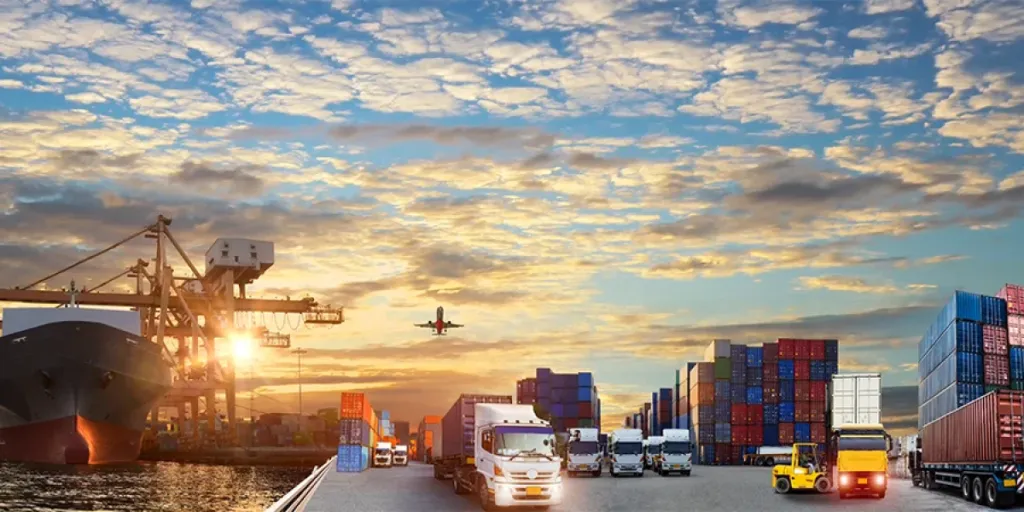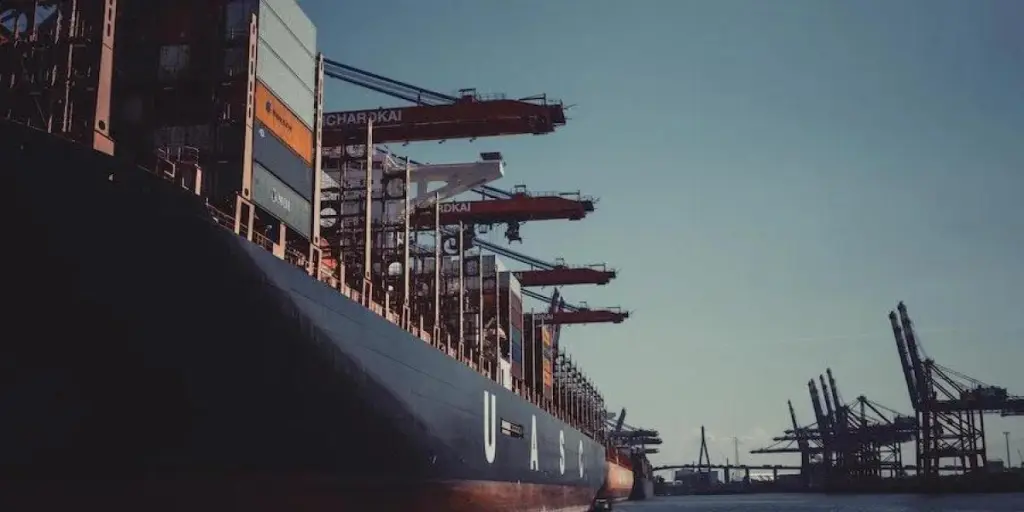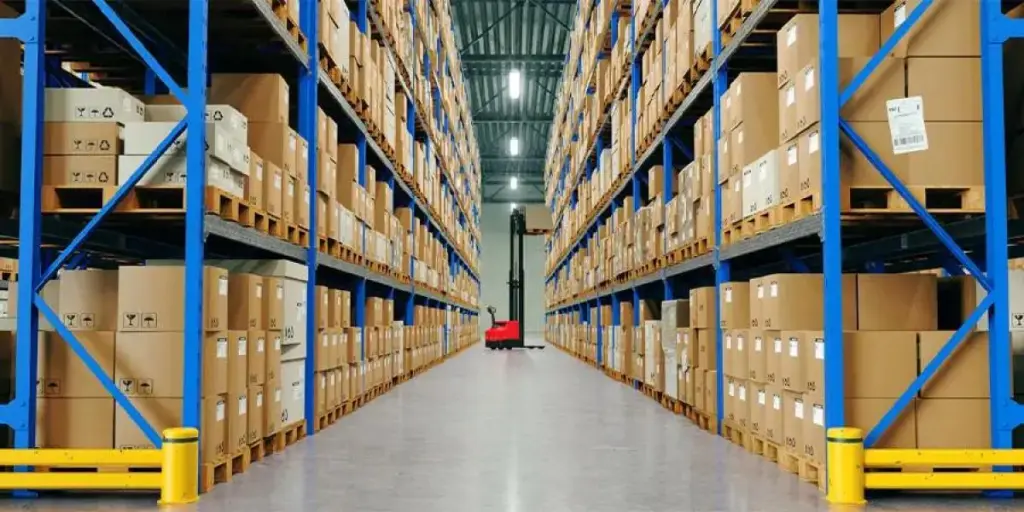Efficient trucking from origin to port, and from port to destination, are essential parts of cross-border logistics.
This article explains what processes and key factors are involved in origin and destination trucking. So read on to ensure your goods arrive at their destination on time and hassle free.
Table of Contents
Trucking: the vital link in freight shipping
Ocean container transport
Air freight & LCL transport
Variable charges in trucking
Key considerations and summary
Trucking: the vital link in freight shipping

Origin and destination trucking services are often referred to as the ‘first mile’ and ‘final mile’. Handling the first and final mile promptly and efficiently can make a big difference to the overall shipment door-to-door transit time and total shipment costs. Delays not only increase the shipment time, but also add to container detention costs, port fees and storage costs.
In shipping terms, origin and destination trucking is either called ‘cartage’ or ‘drayage’, historic terms derived from the horse-drawn carts, or drays, that were used to move goods to and from ships. These were eventually replaced by trucking services, but the terms cartage and drayage remain.
Drayage commonly refers to trucking ocean freight containers to or from the port. Cartage commonly refers to trucking palletized or loose carton air freight or LCL shipments. Drayage and cartage do not refer to long haul trucking services.
Ocean container transport
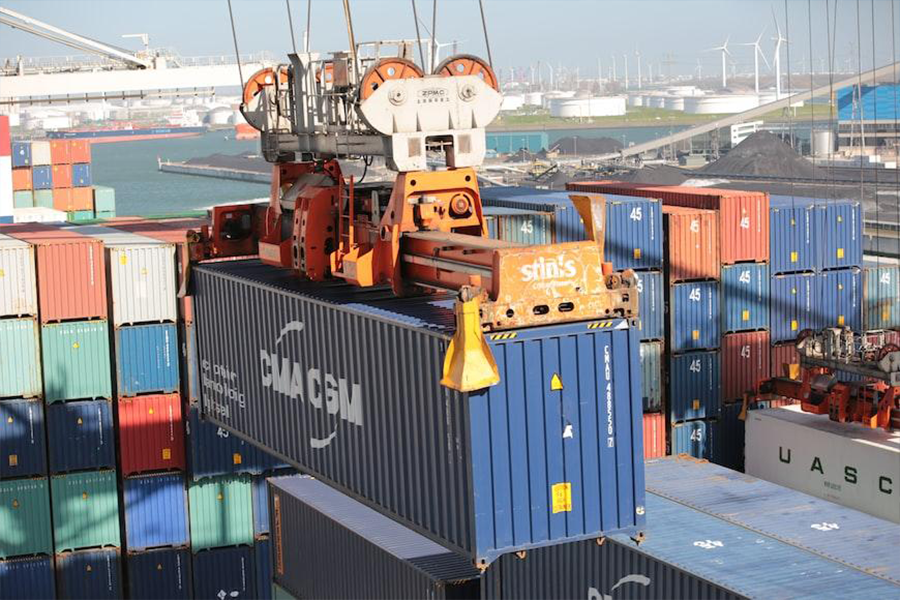
For ocean freight, goods are packed into containers before they are loaded onto the vessel, after which the containers can be loaded efficiently, and stacked based on the vessel’s voyage and container discharge schedule. However, containers are limited to contractual terms of use, so any unnecessary delay in container pick-ups or returns incurs costs.
Origin drayage
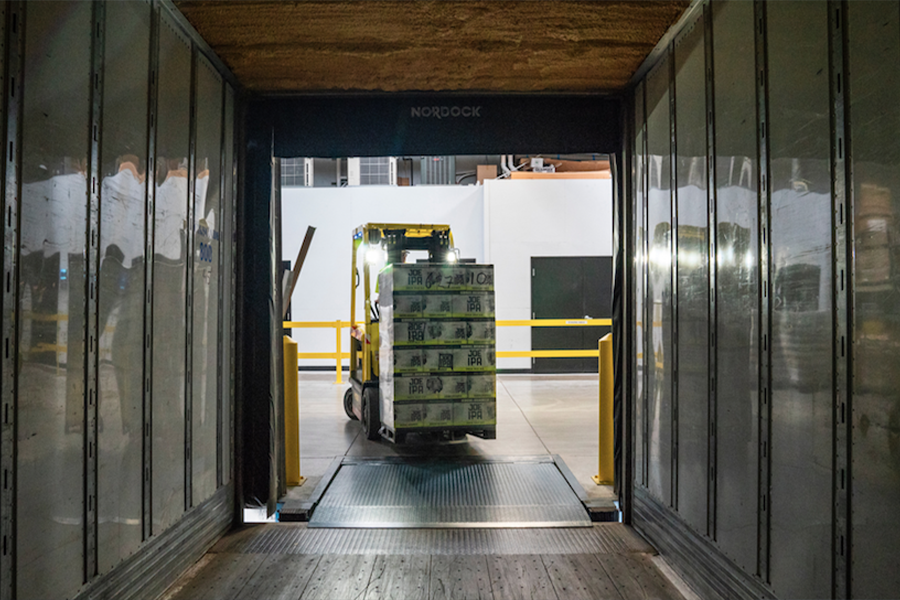
The drayage process at origin begins by procuring (releasing) an empty container, packing the container at the shipper’s warehouse, and ends by ‘gating-in’ the container at the port ready for vessel loading.
Releasing empty containers
The shipper books container space on the chosen vessel and sailing date. The ocean carrier then issues a Container Release Order (CRO) / Shipping Order (SO) to the shipper, with the information and authority for the trucker to pick up the empty container.
Ocean carriers allow a limited time from when the empty container is picked up from the depot until the container is gated-in at the port. There is a penalty fee for additional days that the container is held by the shipper, and that’s called a detention fee.
Container loading at origin
The shipper loads the container at the warehouse and completes all shipment-related paperwork. Proper loading of containers requires that the cargo weight be evenly distributed. For some international shipments, container loading could be subjected to pre-shipment customs inspection where customs officials would then seal the container upon loading. Any delay in gating-in the container at port may incur detention fees.
Container in-gate
Once the container is loaded, the trucker delivers the container to the port of loading. This is called ‘gating-in’ or ‘gate-in’. The container is inspected and weighed, and documents verified. Port cranes stack the containers and later load them onto the assigned vessel.
The ocean carrier will have agreed a gate-in cut off time with the port operator, and the shipper must meet that deadline to make the sailing date, lock in the freight rate, and avoid unnecessary container detention fees. It is the shipper’s responsibility to ensure that gating-in is completed, as per the contract of carriage.
Destination drayage
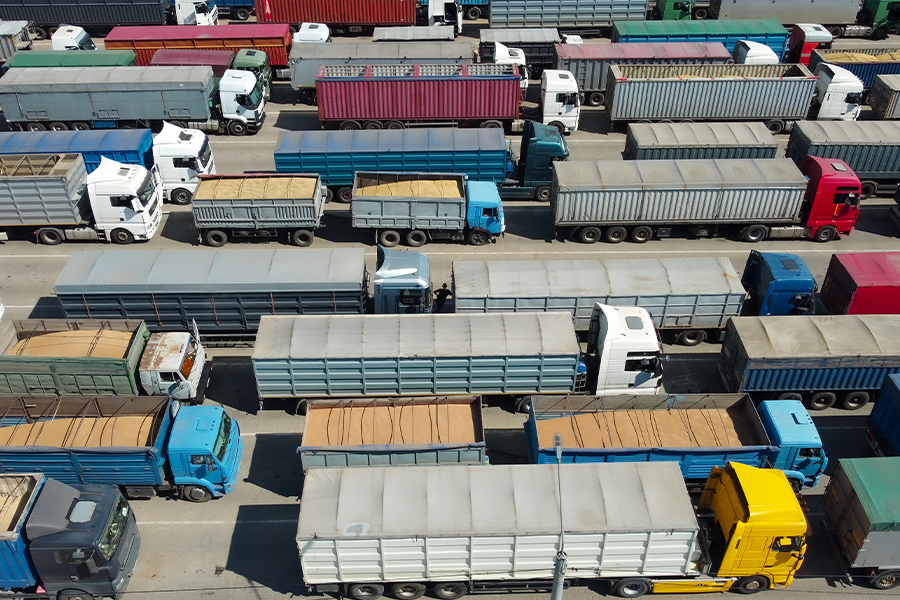
The drayage process at destination begins after the container has cleared customs and has been released for pick-up by the ocean carrier. The container is then ‘gated-out’, the cargo unpacked from the container at the destination, and then the empty container returned back to the port terminal.
Container out-gate
After the container has been discharged from the arriving vessel, and after all import clearance completed and necessary payments made, the assigned trucker can pick up the container from the port.
At the exit checkpoint, container and document inspections are completed, the container’s gate-out date and time is logged into the port’s system, and the trucker can then depart with the container. The shipper or consignee, depending on the contract of carriage, is responsible for completing gating-out.
Container unloading at destination
Once a container has been gated-out, the trucker will transport it to the delivery address for unloading. At the destination, the consignee will unload the cargo from the container and complete all delivery paperwork. Delays can happen if unloading equipment is unavailable or if there is a labor shortage.
Return of empty containers
At destination, once the container has been unloaded it must be returned empty to the ocean carrier’s container depot. The ocean carrier will only allow a few days from gating-out until return of the empty container, or a daily detention fee is charged.
Air freight & LCL transport
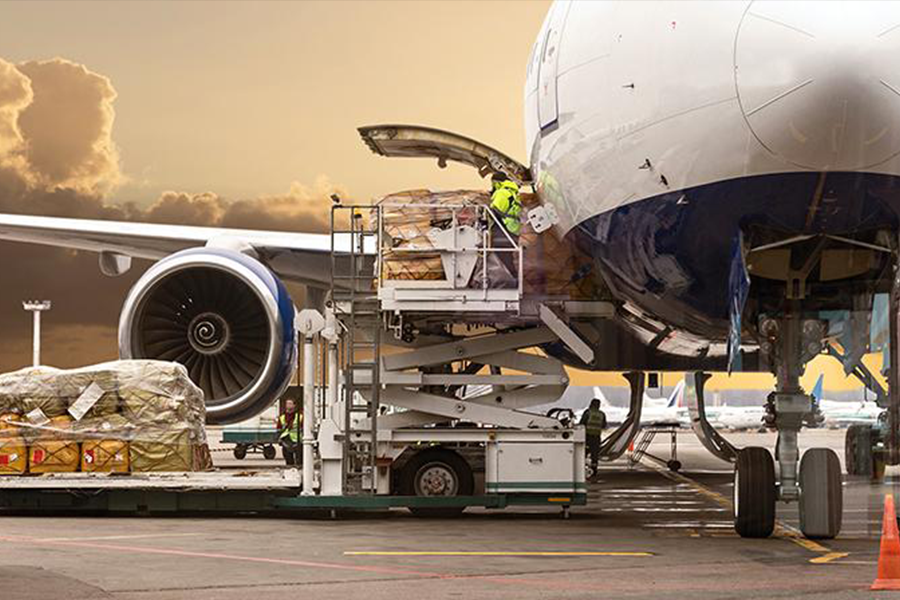
Air freight shipments are either loaded onto aircraft using a unit load device (ULD) or an aircraft pallet with a pallet net. Airport ground service teams move the cargo to and from the aircraft, to storage areas and to freight handlers within the airport. Cartage is the collection and transport of goods once they have been broken down from the ULD into pallets, crates, cartons or boxes.
Origin cartage

Origin cartage includes shipment pick-up and transport to pick the air freight warehouse, or the movement of a shipment between the warehouse, goods depot, or airport.
Palletized shipments
Stackable shipments or large items can be placed on standard sized wooden or plastic pallets, and shrink-wrapped for security. Pallets require a forklift to load them onto a truck for cartage to the freight terminal for consolidation.
Loose shipments
Loose shipments could include cartons, boxes and irregular shaped small items. The freight forwarder or express company will advise on their packaging standards. These items are collected by a small truck or van that may make several pick ups in the same area on their route.
Warehouse consolidation
At the warehouse or outbound sort center, the air freight forwarder combines shipments from different customers, with the same destination country, into a single aircraft ULD. This allows the air freight forwarder to achieve an optimum pricing from the air carrier. Ground services then move the container to the aircraft.
Destination cartage

Destination cartage can include shipment transportation between airport, warehouse, goods depot, or local deconsolidation or sort center, or delivery to a consignee.
Warehouse deconsolidation
Once an air freight shipment has arrived and ULDs unloaded, ground services move them to the freight forwarder’s warehouse. The ULDs are unloaded and sorted (deconsolidated) for local delivery or onforwarding. The ULD should be returned to the air carrier within the allowed period or ULD demurrage charges are incurred.
Palletized shipments
Shipments that arrive palleted will be unloaded from the ULD at the freight forwarder’s warehouse by forklift and loaded onto a truck for delivery.
Loose shipments
Loose shipments are unloaded from the ULD, sorted and assigned to a delivery route. They are then delivered by a small truck or van that makes several deliveries on an assigned delivery route.
Variable charges in trucking

Trucking charges will be included on the shipping quotation from your freight forwarder. Variable charges may be added to the final invoice:
- Fuel surcharge is a charge in the trucking industry that helps truckers balance the fluctuations in the cost of fuel. This charge varies from market to market.
- Port fees are levied by the port authority for use of the port’s facilities and services, such as container loading and unloading or port terminal storage. Demurrage fees are charged by the ocean carrier for any time over the allowed free days that a container is gated-in at the port. To avoid demurrage charges, the container should be gated-in shortly before the port cut-off date at origin, or be gated-out of the port shortly after it is discharged from the vessel.
- Detention fees are charged by the shipping line for extended use of the container when it is outside the port, where the shipper retains the container beyond the allowed free days. Returning the empty container promptly avoids detention charges.
- Airline terminal fees are the charges that an airline terminal operator will levy to cover the costs of cargo handling, use of the equipment, and any pallet handling.
- Deconsolidation fees are third party charges for breaking down a container into individual shipments at a warehouse, before shipments are processed and trucked to different destinations.
Key considerations and summary
First mile pick-up and trucking of goods at origin, and the last mile trucking and delivery at destination, can impact the overall shipment timing and cost. Ports require carriers and truckers to load and unload quickly and efficiently, or penalties are imposed.
Drayage and cartage are managed by the freight forwarder, and overall costs shown in the quotation and contract, but variable costs and penalties might be added. Demurrage and detention in particular need to be managed and avoided if possible with good planning and scheduling.

Looking for a logistics solution with competitive pricing, full visibility, and readily accessible customer support? Check out the Alibaba.com Logistics Marketplace today.
